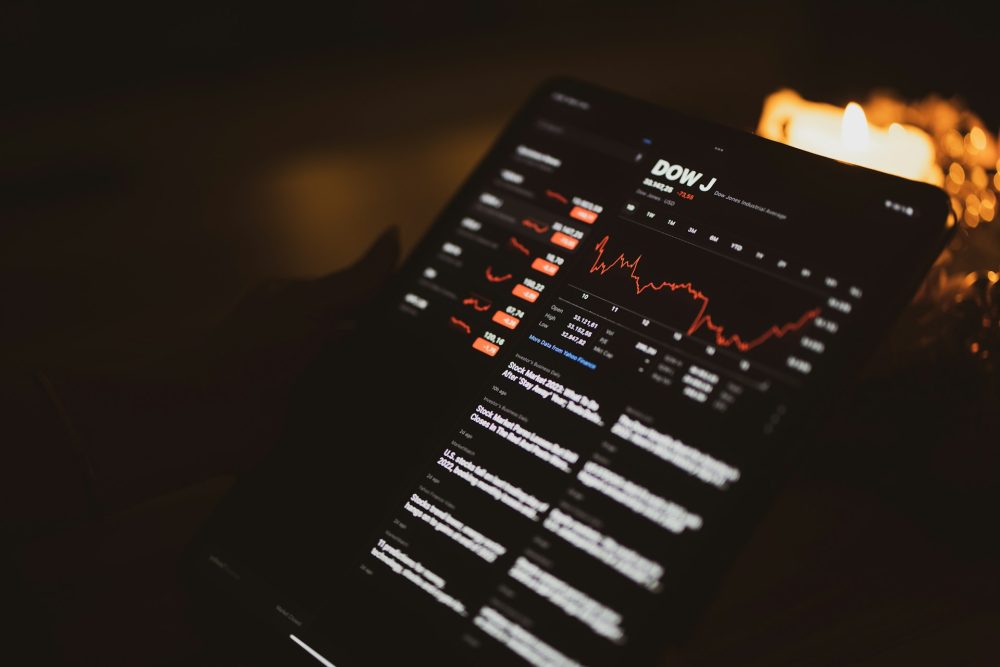Impact Investing
GSS Bond Market Slows in Q1 2025 Amid Shifting Regional Dynamics and Regulatory Challenges
GSS bond issuance dropped 25% in Q1 2025, falling to $293 billion from $389 billion in Q1 2024. Green bonds, though still dominant, declined to 45% of the total. Europe leads, but Middle East and Asia are gaining. The new EU Green Bond Standard launched strongly, though adoption remains cautious amid regulatory and credibility challenges.

Sharp slowdown in green, social and sustainability bonds (GSS Bonds) in the first quarter of 2025. According to what emerges, in fact, from the latest report by MainStreet Partners on market trends, the GSS Bonds Market Trends Report , issuances have suffered a 25% drop in the first three months of the year compared to the same period of the previous year.
In particular, global GSS bond issuance decreased by approximately $96 billion, from $389 billion in the first three months of 2024 to $293 billion in the first quarter of 2025. Looking at issuance by label, green bonds, even in a year marked by regulatory uncertainty and geopolitical turbulence, remain the most used type compared to social and sustainability bonds, remaining the most credible route for investors seeking transparency, environmental impact and regulatory alignment.
In the first quarter, however, GSS Bonds stood at approximately $98 billion issued, or 45% of total GSS bonds: a percentage in sharp decline considering that in 2024 they had represented 57% of the total. On the other hand, investor interest in social and sustainability bonds appears to have suffered less, with their combined share now exceeding that of green bonds.
Sustainability-linked bonds, on the other hand, continue their downward trend, which could be due to the general market uncertainty affecting this specific segment and increased concerns about greenwashing.
The analysis shows that while emissions in the US have almost reached zero, those in the Middle East and Asia are growing. Europe continues to maintain its leadership role, although with a decrease compared to Q1 2024.
Asia and Middle East grow, Europe confirms its leadership in GSS bond market
The Middle East GSS Bond market has seen a significant increase in issuance in recent years, with total active volumes now over $45 billion. The region is gaining strong momentum, driven primarily by the efforts of the United Arab Emirates (UAE) and Saudi Arabia.
In particular, the analysis shows that sovereign green bond issuance is growing, with Saudi Arabia and Sharjah (UAE) among the leading players. The government of Sharjah became the first local authority to issue green bonds in the region, while Saudi Arabia issued the first euro-denominated green bond by a Middle Eastern country, marking a strong opening towards European investors.
Given the region’s heavy dependence on fossil fuels , green bonds remain the main financing instrument for the energy transition. So much so that they represent 67% of total emissions, followed by sustainability bonds at 31%. According to the report, in a market driven, as already highlighted, by government emissions, companies are also starting to make their way.
In parallel, Asian markets continued their expansion, with cumulative issuance exceeding $600 billion. China issued its first green bond, worth 6 billion yuan (about $800 million), to finance climate change mitigation and biodiversity conservation projects.
Finally, Europe remains the leader in the GSS Bond market, with over $109 billion in bonds issued in Q1 2025, down from $150 billion in the same period of the previous year, confirming its (solid) first position.
Quality over quantity: Green bonds defy downward trend
Despite a contraction in the GSS Bond market, green bonds still represent 45% of the total volume, approximately $98 billion.
The MainStreet report highlights that over 91% of green bonds issued in 2025 are aligned with the EU Paris-Aligned Benchmark (PAB) at the level of use of proceeds, but only 20% meet the strict transparency requirements of the GreenFin label, which provides a more stringent verification approach, used on a large scale in France.
EU Green Bond Standard: A new chapter for the sustainable bond market
The EU Green Bond Standard (EuGBS) has started very positively, with 4 issuers achieving the Standard in the first 3 months of 2025. A2A was the first to issue an EuGBS, a €500 million green bond fully aligned to the EU Taxonomy. The transaction was oversubscribed by investors more than four times, leading to a spread tightening of around 40 basis points.
The proceeds of the issuance will be used to finance renewable energy projects, circular economy initiatives and sustainable water and waste management systems. The company has also decided not to use the 15% margin provided for projects only partially aligned to the Taxonomy, thus ensuring that 100% of the funds will be allocated to green projects.
Although the first issuances under the new EuGBS standard are now being seen , many issuers are still assessing the cost/benefit ratio of adopting it. ESMA has recently provided clarification on the application of the PAB and CTB exclusions in its new fund naming guidelines. According to the regulator, bonds issued under the European Green Bond Regulation are exempt from the PAB and CTB exclusion criteria.
According to Pietro Sette, Director of Research at MainStreet Partners, “Despite a complex macroeconomic and regulatory environment, green bonds remain the most reliable sustainable bond instrument. Alignment with Paris Agreement-compliant benchmarks is generally solid, but a significant share of the market still does not meet the most stringent environmental criteria, such as those set by the GreenFin label or the European Green Bond Standard. This gap represents a concrete challenge for strategies classified as SFDR Article 9, which are increasingly called upon to go beyond labels, in search of a real environmental impact.”
__
(Featured image by Jason Ortego via Unsplash)
DISCLAIMER: This article was written by a third party contributor and does not reflect the opinion of Born2Invest, its management, staff or its associates. Please review our disclaimer for more information.
This article may include forward-looking statements. These forward-looking statements generally are identified by the words “believe,” “project,” “estimate,” “become,” “plan,” “will,” and similar expressions. These forward-looking statements involve known and unknown risks as well as uncertainties, including those discussed in the following cautionary statements and elsewhere in this article and on this site. Although the Company may believe that its expectations are based on reasonable assumptions, the actual results that the Company may achieve may differ materially from any forward-looking statements, which reflect the opinions of the management of the Company only as of the date hereof. Additionally, please make sure to read these important disclosures.
First published in ESG NEWS. A third-party contributor translated and adapted the article from the original. In case of discrepancy, the original will prevail.
Although we made reasonable efforts to provide accurate translations, some parts may be incorrect. Born2Invest assumes no responsibility for errors, omissions or ambiguities in the translations provided on this website. Any person or entity relying on translated content does so at their own risk. Born2Invest is not responsible for losses caused by such reliance on the accuracy or reliability of translated information. If you wish to report an error or inaccuracy in the translation, we encourage you to contact us.

-

 Business2 weeks ago
Business2 weeks agoThe TopRanked.io Weekly Digest: What’s Hot in Affiliate Marketing [K4G Affiliates Review]
-

 Crypto3 days ago
Crypto3 days agoBitMine Surpasses 4 Million ETH Holdings Amid Market Volatility
-

 Crypto1 week ago
Crypto1 week agoTether Targets $500 Billion Valuation in Landmark Funding Push
-

 Markets5 days ago
Markets5 days agoDow Jones Strength Faces Risk From a Potential Yen Carry Trade Unwind























